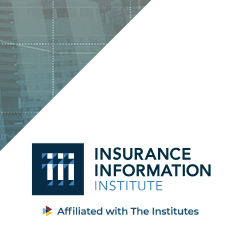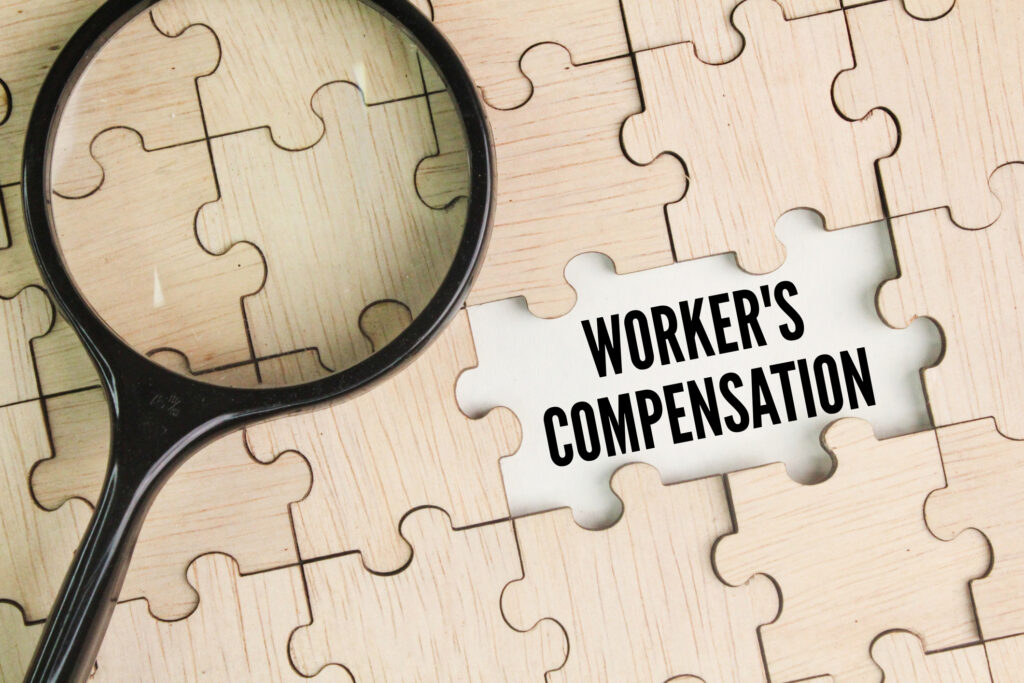
By Loretta Worters, Vice President – Media Relations, Triple-I
On a crisp October morning, volunteers gather at a local farm in New Jersey, gloves on, baskets in hand, ready to harvest rows of beets. These volunteers aren’t just picking produce, they’re helping ensure that families in need have access to fresh, healthy food this Thanksgiving and throughout the holiday season.
This is the kind of hands-on impact made possible by America’s Grow‑a‑Row (AGAR), Table to Table, and the Insurance Industry Charitable Foundation (IICF). Together, they are turning gratitude into meaningful action.
AGAR’s mission is simple yet powerful: To positively impact as many lives as possible through a volunteer effort of planting, picking, rescuing, and delivering free, fresh produce to those who need it most. At a recent IICF volunteer event, insurance industry volunteers joined forces at AGAR to harvest 31,000 pounds of fresh beets—providing 124,000 servings of nutritious produce for families in need. It’s an extraordinary example of what can happen when an industry comes together in service of its community.
“Every day, millions of people face food insecurity. Our volunteers and partners help us deliver fresh, healthy food to those who might otherwise go without,” said Chip Paillex, president and founder of AGAR. Paillex started the nonprofit in 2002 after realizing the need for fresh produce at local food pantries, inspiring the “grow a row for the hungry” concept that has since spread across the state.
Food insecurity is a serious issue nationwide. Every day, 47 million people across the United States, including 14 million children, face food insecurity. Many must rely on low‑quality diets lacking fresh fruits and vegetables, and food banks often report that produce is the hardest item to obtain. According to the Centers for Disease Control and Prevention (CDC), people facing food insecurity are at higher risk of chronic diseases such as diabetes, hypertension, and obesity. Children who lack proper nutrition face developmental delays and mental health challenges.
In New Jersey, food insecurity is also a serious challenge: nearly 1.1 million people, including more than 270,000 children, are estimated to be food insecure.
Rescuing Food, Rescuing Hope: Table to Table
Table to Table continues its vital work rescuing food that might otherwise be discarded from grocery store produce to prepared meals from corporate cafeterias, and delivering it directly to food pantries, shelters, and community centers.
“We are so grateful for the long-time and ongoing support we receive from the IICF,” said Julie Kinner, vice president of operations at Table to Table. “Their partnership has helped us rescue more than 120,000 tons of surplus food from food donors, the equivalent of more than 241 million meals. Thanks to IICF’s recent grant, we were also able to develop our new app, which is allowing us to locate and recover a significantly greater amount of food across the state.”
The app has already proven transformative, streamlining communication between food donors and drivers to ensure that more meals make it to tables instead of landfills.
Kinner noted that food pantries and emergency food providers across New Jersey are facing growing and unprecedented demand, as the need for food assistance continues to climb.
“Together, it’s possible to bridge the gap, nourish our community, and make sure no good food goes to waste, and no neighbor goes hungry,” Kinner added.
Bringing Resources to the Table: IICF Support
The Insurance Industry Charitable Foundation supports these efforts through both funding and volunteerism. IICF’s grants empower community organizations to build capacity, expand technology, and scale their impact, while volunteers contribute thousands of service hours each year.
“Supporting these programs allows our community to have a measurable impact,” said Elizabeth (Betsy) Myatt, vice president, chief program officer, and executive director of IICF’s Northeast Division. “When we combine funding with volunteer action, we create stronger, more sustainable solutions to fight hunger. It’s a great example of what the insurance industry can accomplish together.”
From the farm fields of AGAR to the rescue routes of Table to Table, volunteers and staff work together to create a circle of giving. One crate of harvested beets, one basket of rescued bread, one hour of volunteer time all translate into meals for children, seniors, and families in need.
“This Thanksgiving, we’re reminded that gratitude isn’t just something we feel, it’s something we act on,” said Myatt. “Thanks to volunteers and organizations like AGAR and Table to Table, we’re helping ensure that families in these communities have the food and support they need this holiday season.”









